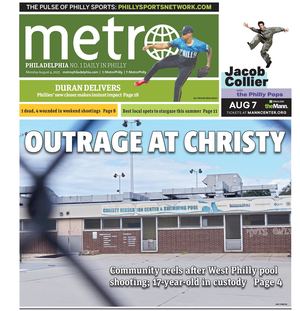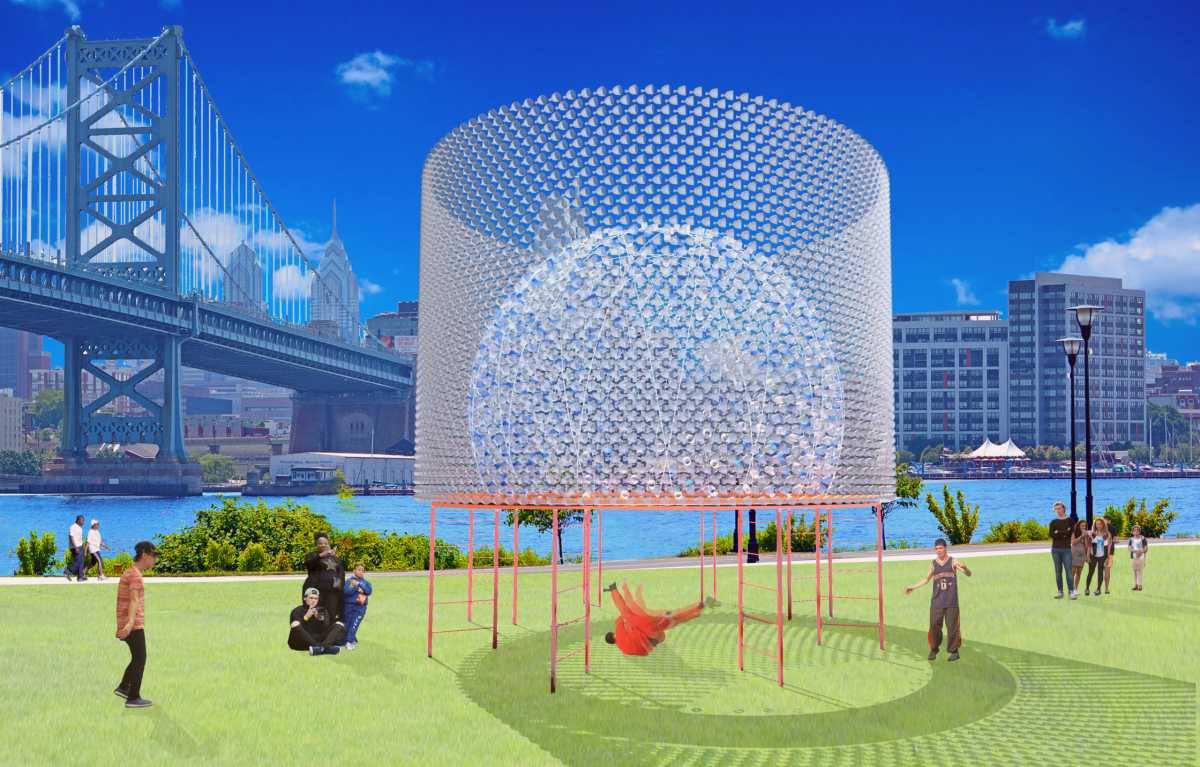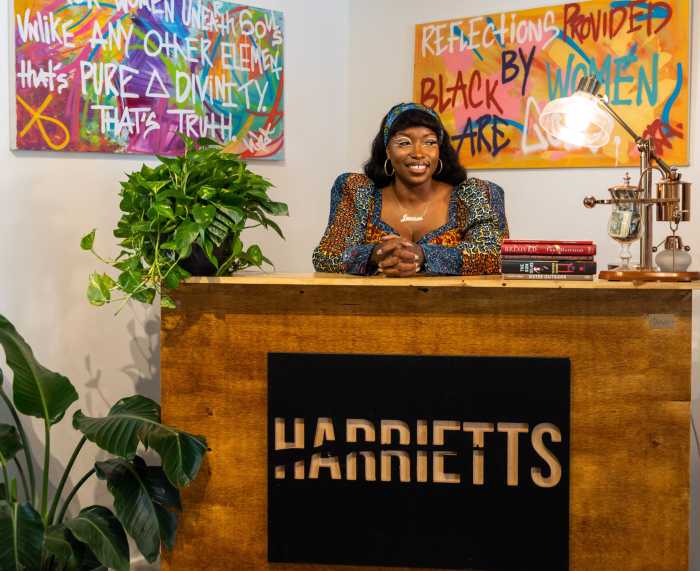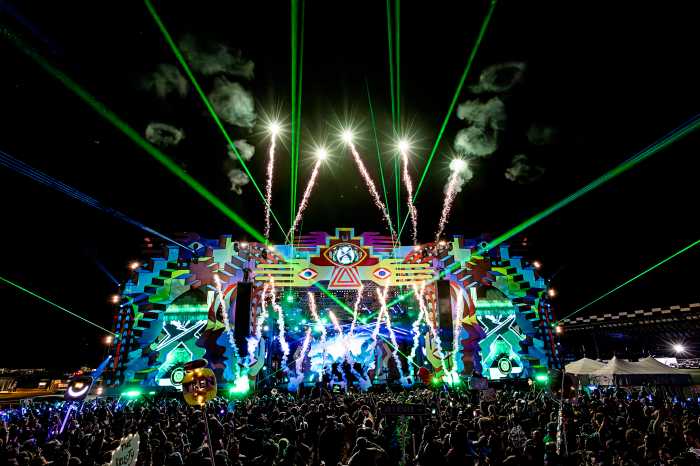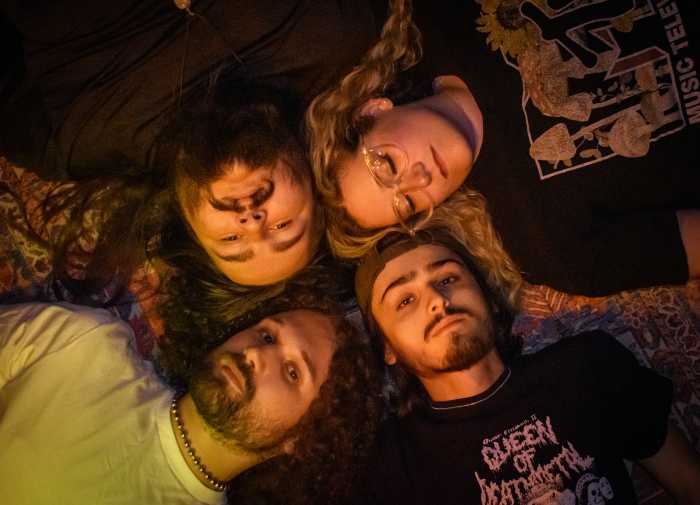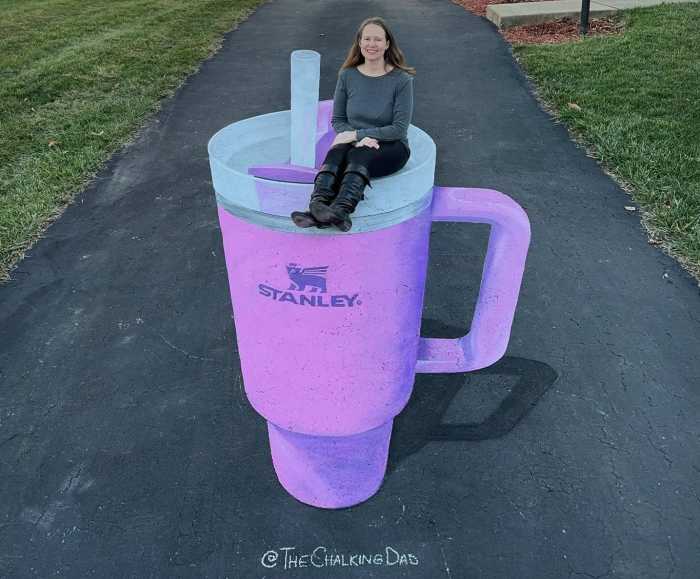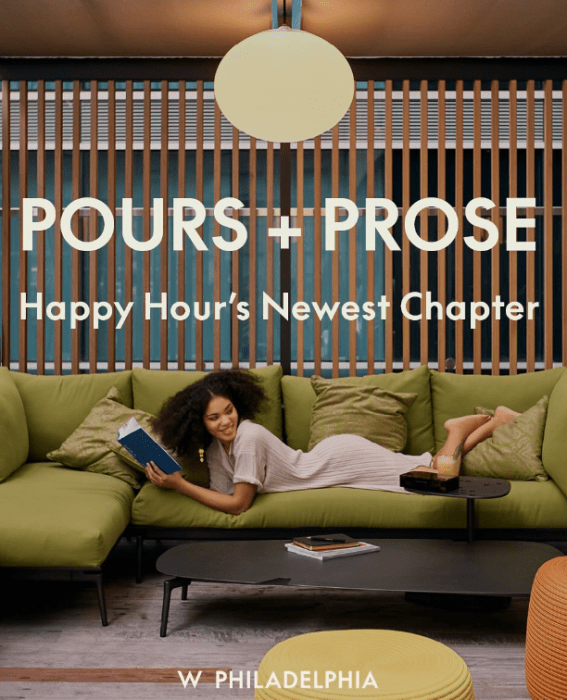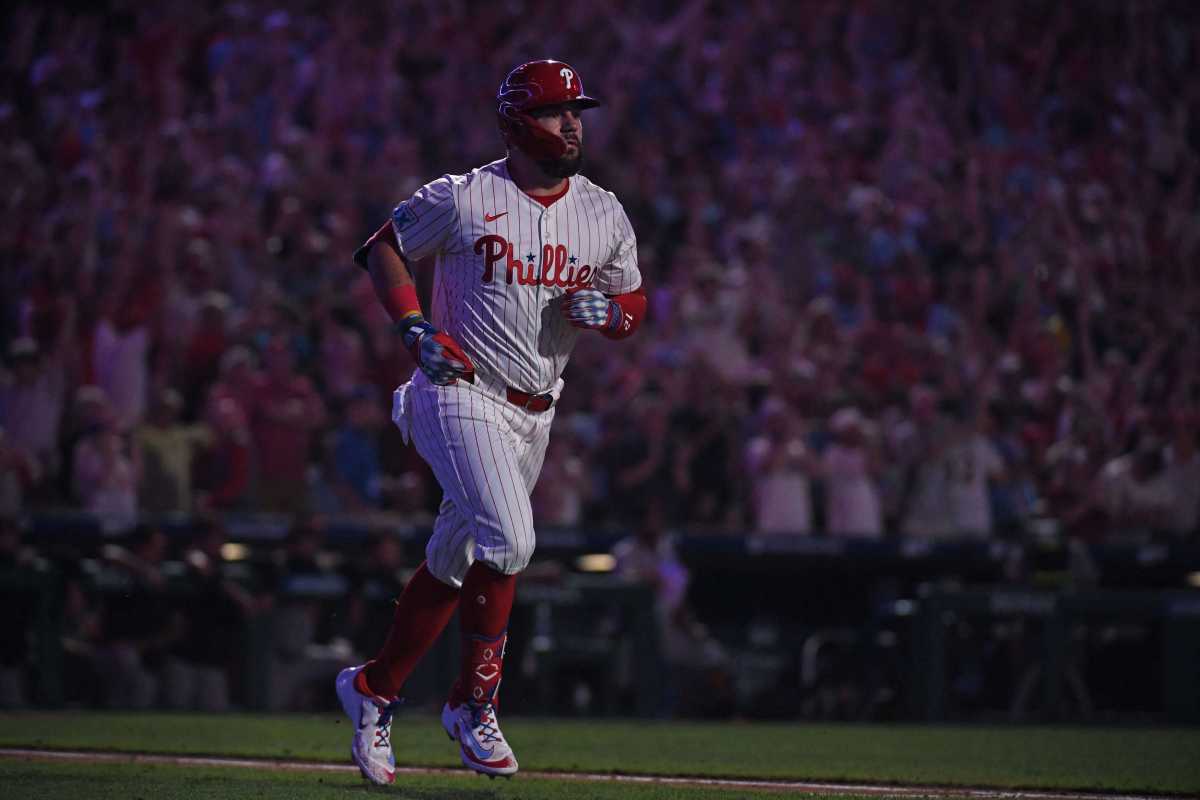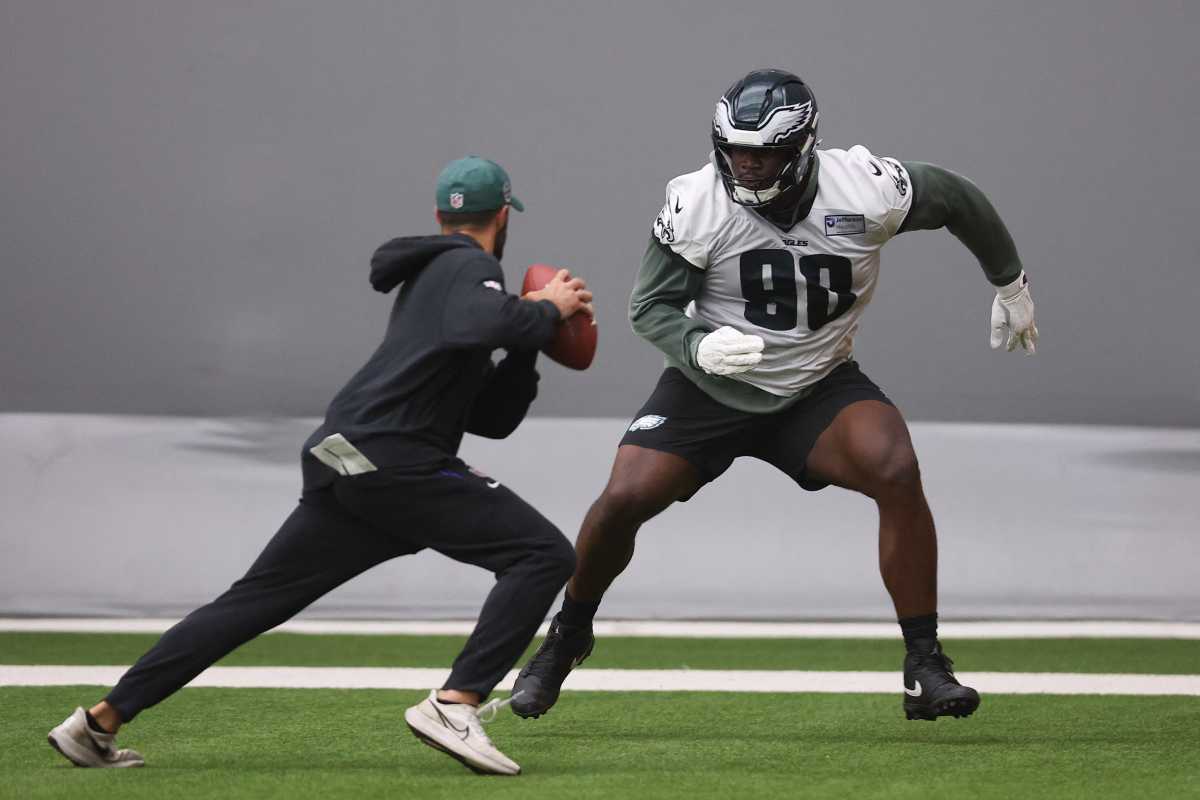In 2018, the City of Camden, Cooper’s Ferry Partnership, and Rutgers-Camden Center for the Arts submitted a proposal as part of a grant request to turn dumping sites into public art spaces. Then, the next year, Camden was named one of five cities nationwide to win a $1 million Bloomberg Philanthropies 2018 Public Art Challenge grant. The project was set to go live with massive sculptures on the site of old illegal dumpings in 2020.
Then COVID hit, and Camden once again had to adapt.

“Our thinking was that we wanted a way to express the importance of environmental stewardship and we wanted a way to change the perception of Camden,” explains Kris Kolluri, CEO of Cooper’s Ferry Partnership. “We wanted to highlight illegal dumping, which is a real problem in Camden. But we thought what better way to do it than to use art as a means of communicating that message? So when the Bloomberg grant opportunity came up, the three partners thought it was the best way to capture what we wanted to convey and do it in a way that is beautiful and that physically represents all the stuff that we’ve been trying to convey.”
The new campaign did make a mark last year, however. The project, titled ‘A New View’ kicked off with ‘Camden is Bright Not Blight’ where local photographer Erik James Montgomery produced 20 boards featuring photo portraits of various Camden residents of all ages and backgrounds along with their personal quotes about what “Camden is…” Montgomery’s installations were placed throughout Camden on wood boards found covering vacant properties. The installations were put in September 2020 and will be on display until October of this year.
For Cooper’s Ferry, a nonprofit that has always been resident-driven, the public art statements mean so much for the City of Camden. From learning about the city’s history to recognizing the connection we have to nature, there are a vast number of compelling reasons for ‘A New View’ to be center stage in the city. It’s that ideology that also drove a few of the participating artists in as well.
“I was really excited about this,” says Amanda Schachter, one part of the duo that makes up SLO Architecture along with Alexander Levi. Both Schachter and Levi worked on the piece “Turntable,” which is on display in the North Camden neighborhood on the site of an old state prison. Those riding the PATCO can actually see the piece themselves when riding over the Ben Franklin Bridge. Schachter and her partner wanted to be on ‘A New View’ right away, especially after seeing the parallels with their work along the Hudson River in New York and the Delaware River Waterfront in Camden by looking into the history of both cities.
“When we started reading up about the history of Camden, that’s how the project itself got formed…Just thinking about the discarded histories of the place. It’s not just about what you throw down because that’s kind of every day, but what are the things that bring us together in a collective? I think it’s a moment of reflection of several things [including] coming back into the outdoors, into a group setting.”
Schachter explains that the piece is meant for gatherings of groups, and it’s aesthetically pleasing to be underneath the massive work of art, especially when the sun hits it just right. But while underneath, you’ll look up and see masks and plastic bottles—all reusable “trash,” which all of the artwork for ‘A New View’ will be pulling inspiration from.
“I think everybody’s been really affected by the pandemic. it’s been a part of our lives completely this whole year,” says Schachte. “What we realized is that: The mask is plastic and this whole thing was about plastic bottles and the discarded plastics that people use and just throw away every day and about making them into a transcendent piece where we come together and it becomes like a unifying thing…We just realize that the mask is a piece of plastic, so why not do it out of that?”
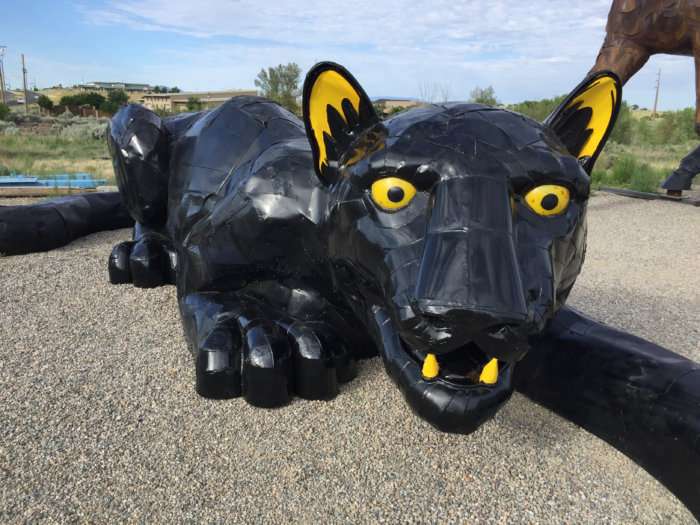
Don Kennell and Lisa Adler also had a similar feeling when working on their sculpture, the ‘Invincible Cat’ for ‘ A New View.’
“Illegal dumping was something that fueled all of the artists,” explains Adler. The couple met years ago coincidentally at Rutgers University in New Jersey. The couple then went on to start DKLA Designs, and their latest project involved them making a 36-foot long panther out of old car hoods. “The truth is, we are animals. But we separate ourselves from nature in modern society, but humans have a longing for that connection to nature. We walk around and maybe we are not conscious of that longing, but it’s there. When we use wrecked cars to make a giant sculpture, we’re trying to make that connection between carbon footprint, the garbage that our society produces and the effect that all of that has on all of the animals that are living on the planet, including us. What happens to panthers happens to us.”
In all, Invincible Cat (located in the Whitman Park Neighborhood) took Adler, Kennell and their team about three months, but plenty of planning went into the new work. The couple is used to taking a peek into the animal kingdom as well, having previously worked on pieces commissioned by the Philadelphia Zoo with a similar concept.
“We use scale to flip the script from a centric viewpoint into one where animals get to take center stage,” explains Kennel. “The panther is really designed to accommodate gatherings. It functions as a bench, you can sit on the tail and the paws and the face is low to the ground so you can approach it and take selfies. It’s designed as a guardian or an amulet, or some sort of magical object that draws people together to bring people together and get them to have a social conversation about what animals mean and what habitats mean and where it’s going and what is that purpose? It’s a way to reflect our values and acknowledge the importance of community or neighborhood or an idea. By seeing this transformation, it puts the viewer on the path to their own imagination.—and imagination is our superpower as human beings and it is what is going to make the difference going forward.”
“To me, this seems very fitting for Camden… It’s this city that is ready to roar,” adds Adler. “This art is all about transformation and taking garbage and making it into art. That process is about transforming and it’s that process that we need to mirror not just in Camden, but all over.”
In all, ‘A New View’ will also feature work from Terreform ONE, Mitchell Joachim and Vivian Kuan (titled ‘Bio-Informatic Digester’ in the Gateway Neighborhood), Athena Steen and Josh Sarantitis (titled ‘Touching Earth’ in the North Camden Neighborhood,) Tyler FuQua Creations (titled ‘Mechan 11: The Collector’ in the North Camden/Cramer Hill Neighborhoods,) and The Myth Makers, Donna Dodson and Andy Moerlein (titled ‘The Phoenix Festival’ in the East Camden Neighborhood.)
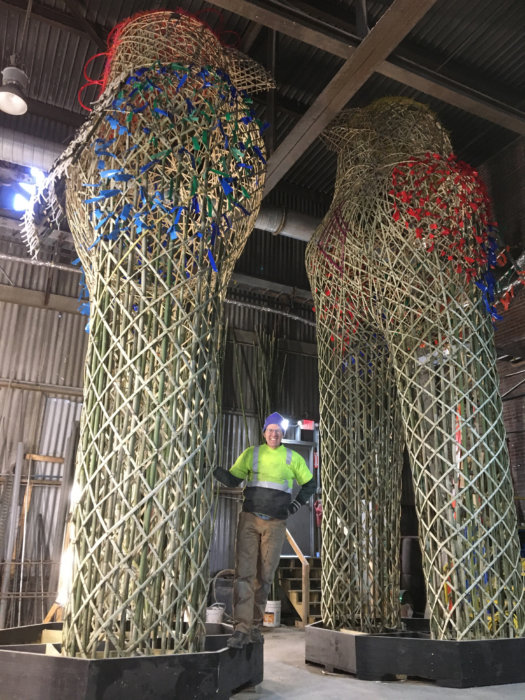
That last sculpture specifically is on the site of an old incinerator, making the large Phoenix piece even more poetic.
“What the turntable represents is the cycles that Camden has been through and what we’re trying to do, again, is change perceptions,” finishes Kolluri. “The Phoenix is my other favorite part because that was a site of an old incinerator. [It’s] these two beautiful bamboo birds, which come from Greek mythology and that really talk about rising… And Camden is on the rise. The idea that we are now trying to rebuild a community that has always been prideful, but now we want others to respect their environment. That’s what this really is about.”
To learn more about ‘A New View Camden’ and where you can view all of the art, visit anewviewcamden.com
